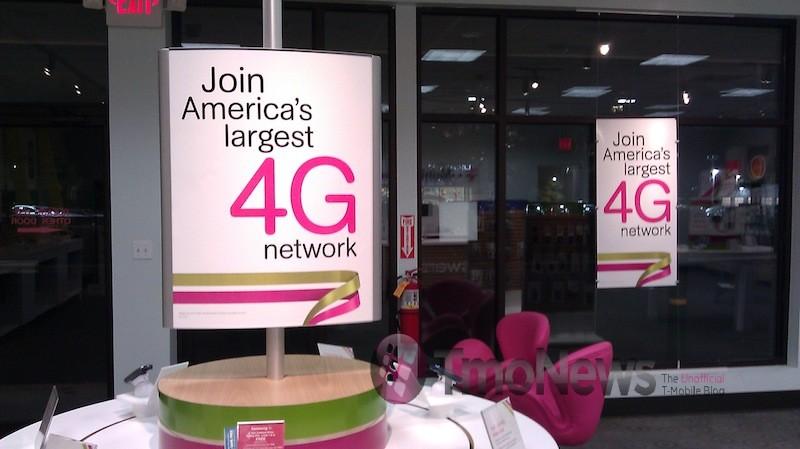T-Mobile has officially kicked off the “4G wars” with an advertisement that totally pokes fun at AT&T’s inability to use its network for video chat. While Sprint has already responded and one can only expect that AT&T will respond soon, T-Mobile isn’t resting on its laurels. Neville Ray, Chief Technology Officer of T-Mobile USA, is ready to step up the fight with promises of HSPA+ reaching 42Mbps, something we already had an idea was coming. He also hints about T-Mobile’s consideration of pushing beyond 42Mbps to 84Mbps and 168Mbps. ,Holy cow Batman, 168Mbps?? Sign me up!
“With an upgrade path that continues to provide room for considerable speed enhancements, T-Mobile’s 4G network is purpose-built for continued growth. We are now on pace to increase our 4G footprint with plans to offer 42Mbps theoretical speeds in 2011,” added Ray. “As customer demand for wireless data increases, T-Mobile is well-positioned to compete based on the speed, breadth and evolution path of our mobile broadband service.”
Let’s scale it back for a moment though and talk about today’s scenarios and T-Mobile’s desire to bring the conversation back to real world speeds and not who has what “G” attached to their network. By calling their network “4G”, T-Mobile is essentially saying that we have the best network no matter what the competition says and we can prove it. They have proved it as T-Mobile has consistently shown higher speeds than Sprint’s Wimax network which is, arguably, an actual 4G technology or at least it was a few weeks ago.
As far as T-Mobile is concerned, 4G is less about the actual definition and more about what the network is really capable of:
So what is 4G, in T-Mobile’s view? It’s “a network that’s capable of delivering true high-speed performance” with “IP-capable backhaul.” And that excludes AT&T’s new HSPA+ 14.4 network. “14.4 is really still HSPA and not from a network perspective true HSPA+,” Ray said.
After all the hype of HSPA+, one might think that T-Mobile has all but written off a future move to LTE and that wouldn’t be accurate. Deutsche Telekom, the T-Mobile USA mothership, is very much behind the LTE movement and T-Mobile USA promises to keep a close eye on it. However, T-Mobile still believes it to be an unproven technology and isn’t interested in committing to it until there is a better “entry” than what is available for networks and customers right now.
“4G is about performance and today T-Mobile’s HSPA+ network is delivering 4G speeds that match and often beat WiMAX and are readily comparable to what early LTE will deliver. Our 4G network is capable of theoretical speeds up to 21Mbps and we have seen average download speeds approaching 5Mbps on our myTouch 4G phone in some cities with peak speeds of nearly 12Mbps. Further, independent reviewers have seen average download speeds on our webConnect Rocket between 5 and 8Mbps with peak speeds up to 8-10Mbps,” said Neville Ray, chief technology officer, T-Mobile USA.
Catch the full articles below from both PC Magazine and InformationWeek. They contain the full set of quotes and report and are very interesting reads on what we can expect from our Magenta in the future.
PCMag and InformationWeek

